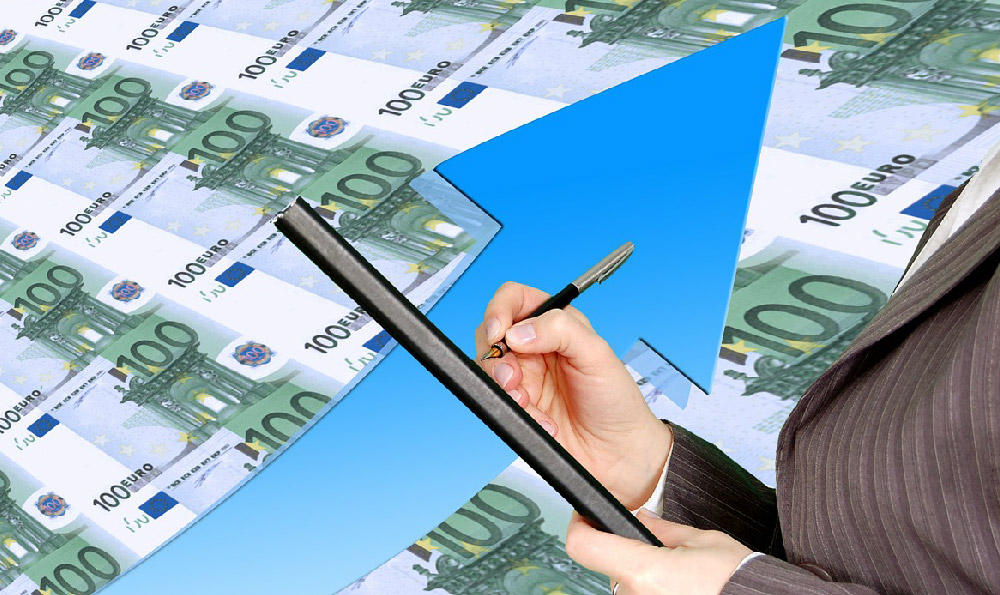Monetizing your app is a critical step for transforming a digital project into a sustainable business. While designing an app with user engagement and functionality is essential, generating income requires a strategic approach that aligns with market demands and user behavior. Understanding the various revenue streams available can help developers navigate the competitive landscape of app ecosystems.
One of the most common methods involves leveraging advertising as a primary source of income. Many apps, especially those in media, social networking, or productivity categories, integrate ad networks such as Google Ads, Facebook Audience Network, or in-app banners to generate passive revenue. However, it's important to balance ad placement with user experience. Intrusive ads might lead to higher churn rates, while rewarded ads or non-intrusive formats often see better acceptance. For example, free-to-play games frequently offer in-game advertisements alongside optional rewards for users who watch them, creating a win-win scenario. Developers can also explore affiliate marketing by partnering with brands to promote products or services within their app, earning commissions for each transaction generated through their unique referral links.
Subscription models provide another effective way to monetize your app, particularly for services that offer ongoing value. Unlike one-time purchases, subscriptions allow users to access premium features, exclusive content, or advanced tools on a recurring basis. This approach is ideal for apps in the fitness, education, or content creation sectors, where continuous engagement and updates justify the recurring cost. To increase retention, developers should ensure that subscription tiers are clearly defined and offer tangible benefits. For instance, a productivity app might offer a basic free version with limited features and a premium subscription that includes cloud storage, custom templates, and priority customer support. It's also crucial to provide a seamless onboarding process and regular value updates to keep subscribers motivated.

In-app purchases are a versatile strategy for monetizing applications, especially those that offer a free version with optional upgrades. Frequent updates, unlockable content, or enhanced functionality can be made available through paid upgrades, encouraging users to invest in the app. For example, an educational app might offer free lessons with paid access to comprehensive courses or personalized learning plans. Developers should design purchasing options to align with user intent, such as offering trials or discounts for early adopters. Additionally, bundling products or providing tiered pricing structures can increase the average revenue per user.
For apps with access to user data, data monetization presents a unique opportunity. With proper anonymization and compliance with data privacy regulations, developers can sell aggregated insights or use the data to create targeted marketing campaigns. However, it's crucial to prioritize user consent and transparency, as ethical data practices are increasingly important in building trust. For instance, a fitness app might collect user activity data to provide personalized recommendations, which can also be shared with healthcare providers or insurance companies for broader applications.
Partnerships and collaborations open up new avenues for generating income, allowing developers to expand their reach and share revenue. By working with complementary brands, developers can create co-branded features or integrated services, offering users a more valuable experience. For example, a travel app might partner with hotels or airlines to offer exclusive deals or bundled services. Developers should identify potential partners that align with their app's niche and value proposition to create mutually beneficial opportunities.
Monetizing your app often requires a combination of strategies rather than relying on a single method. Hybrid models, such as combining advertising with premium subscriptions or in-app purchases, can provide a more diversified income. For example, a news app might offer a free version with ad-supported content and a premium subscription that removes ads and provides exclusive reports. Developers should also consider the monetization strategy in the early stages of app development, as this influences the overall user experience and monetization potential.
Ultimately, a successful monetization strategy depends on a deep understanding of the target audience and market dynamics. Regularly analyzing user feedback, app analytics, and industry trends can help developers refine their approach. For instance, tracking user retention rates or conversion from free to paid tiers can identify areas for improvement. By experimenting with different models and continuously optimizing based on data, developers can increase their app's profitability while maintaining user satisfaction.
Moreover, innovative approaches such as freemium models and pay-per-use structures can also be effective. Freemium apps offer a free version with core features and charge for access to advanced functionalities, attracting a wide user base and converting a portion of them into paying customers. Pay-per-use models, on the other hand, charge users based on their consumption, such as a app that charges for each task completed or each feature accessed. These approaches can be particularly profitable for niche markets or specialized tools where user value is directly tied to usage.
Developers should also explore niche markets and tailor their monetization strategies accordingly. For example, an app targeting enterprise users might focus on subscription-based services or custom development contracts, while an app for casual users might rely on in-app purchases or advertising. Understanding the specific needs and preferences of the target audience allows for a more effective monetization plan.
In addition to these strategies, monetizing your app might involve leveraging in-app marketing or referral programs. In-app marketing can help developers promote their app within the application itself, such as through teaser content, countdowns for new features, or limited-time offers. Similarly, referral programs can encourage users to invite others, creating a viral growth loop and generating revenue through commissions. These approaches are particularly effective for apps that rely on user acquisition and growth.
Finally, developers should remain flexible and open to adapting their monetization strategies as the market evolves. Continued innovation and experimentation are often necessary to stay competitive. For instance, the rise of subscription fatigue has led many developers to explore flexible pricing models or tiered subscription plans. By staying informed about industry trends and the needs of their users, developers can refine their approach and maximize their app's profitability.












